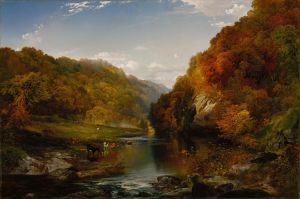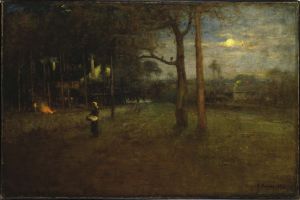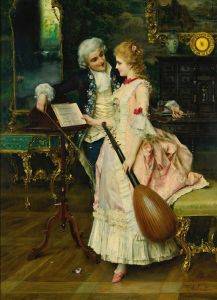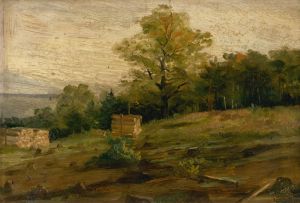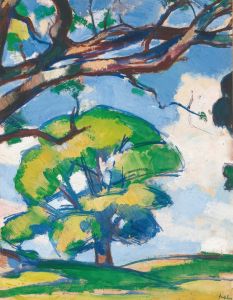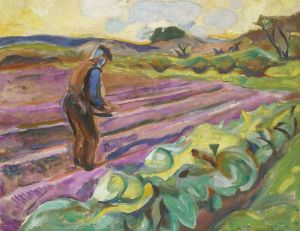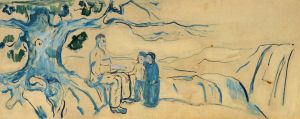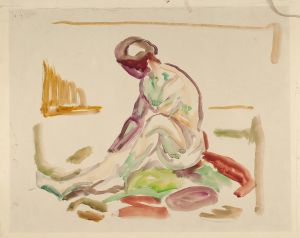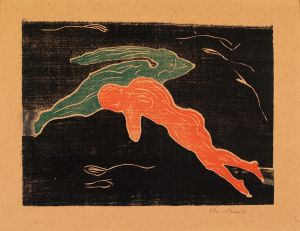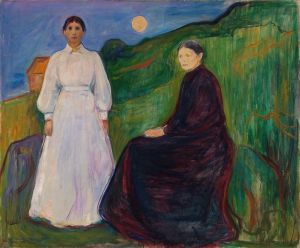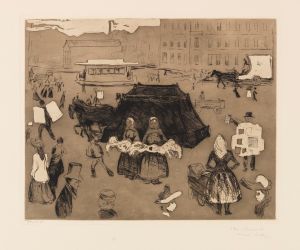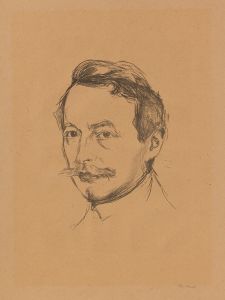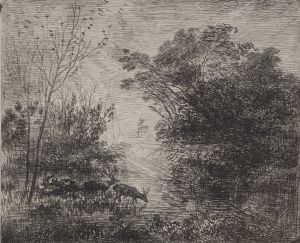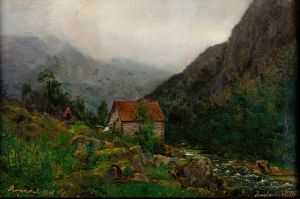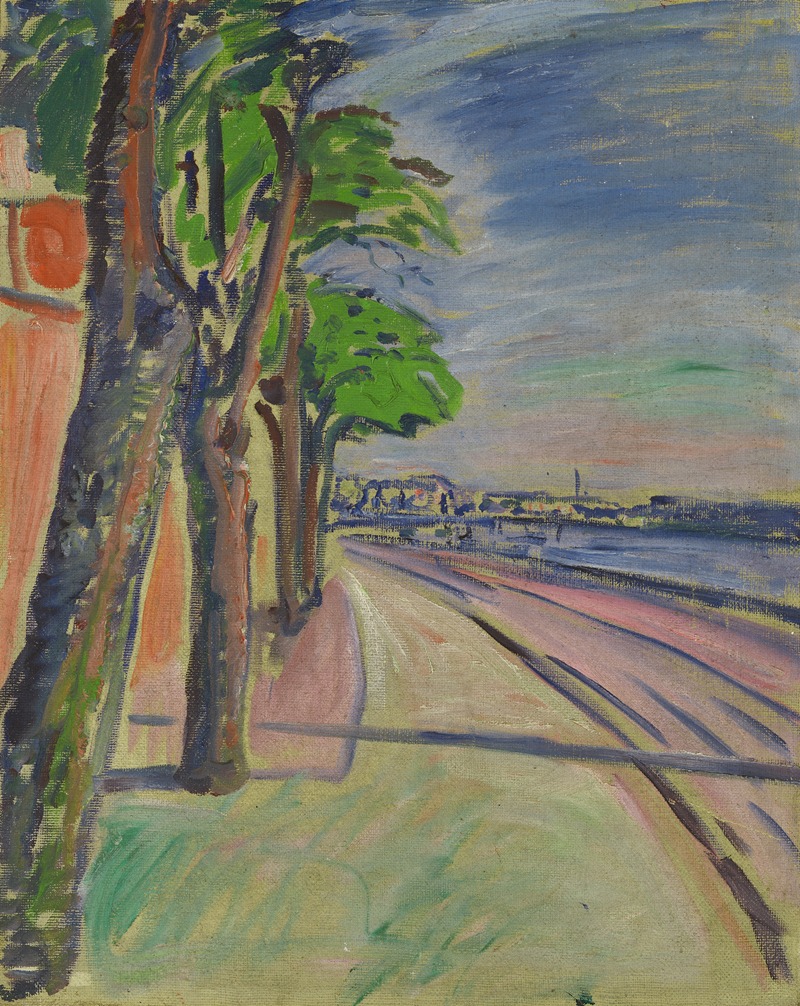
Trees By The Canal
A hand-painted replica of Edvard Munch’s masterpiece Trees By The Canal, meticulously crafted by professional artists to capture the true essence of the original. Each piece is created with museum-quality canvas and rare mineral pigments, carefully painted by experienced artists with delicate brushstrokes and rich, layered colors to perfectly recreate the texture of the original artwork. Unlike machine-printed reproductions, this hand-painted version brings the painting to life, infused with the artist’s emotions and skill in every stroke. Whether for personal collection or home decoration, it instantly elevates the artistic atmosphere of any space.
"Trees By The Canal" is a painting by the renowned Norwegian artist Edvard Munch, who is best known for his iconic work "The Scream." Munch was a pivotal figure in the Symbolist movement and had a significant influence on German Expressionism in the early 20th century. His work often explored themes of existential angst, love, and death, reflecting his own troubled life and the broader anxieties of the modern age.
"Trees By The Canal" is one of Munch's lesser-known works, and it exemplifies his ability to capture the emotional essence of a landscape. The painting depicts a serene canal flanked by trees, rendered in Munch's distinctive style. The use of color and brushwork in the painting creates a sense of movement and emotional depth, characteristic of Munch's approach to landscape painting.
Munch's landscapes often served as a backdrop to his exploration of human emotions and psychological states. In "Trees By The Canal," the tranquil scene may evoke a sense of calm and introspection, contrasting with the more turbulent emotions depicted in some of his other works. The painting reflects Munch's interest in the natural world and his ability to imbue it with a sense of mood and atmosphere.
Edvard Munch was born on December 12, 1863, in Loten, Norway, and he grew up in Kristiania (now Oslo). He faced numerous personal tragedies throughout his life, including the early deaths of his mother and sister, which deeply influenced his artistic vision. Munch studied at the Royal School of Art and Design in Kristiania and was influenced by the Symbolist movement and the works of other contemporary artists.
Munch's career was marked by periods of intense productivity and innovation, as well as times of personal struggle and illness. Despite these challenges, he produced a vast body of work that includes paintings, prints, and drawings. His art was often controversial, pushing the boundaries of traditional artistic conventions and exploring themes that were considered taboo at the time.
"Trees By The Canal" is part of Munch's extensive oeuvre, which includes a wide range of subjects and styles. While it may not be as famous as some of his other works, it nonetheless demonstrates his skill as a painter and his ability to convey complex emotions through his art. The painting is a testament to Munch's enduring legacy as one of the most important and influential artists of the modern era.
Edvard Munch continued to work and exhibit his art until his death on January 23, 1944. His works are held in major museums and collections around the world, and he is celebrated as a pioneer of modern art. "Trees By The Canal" remains an example of his unique vision and his contribution to the development of modernist aesthetics.





